Materials Science
-
 Materials Science
Materials ScienceGreener water splitter for hydrogen fuel designed
A new gadget that runs on a single AAA battery might truly reduce the carbon emissions from hydrogen fuel cell production down to zero.
-
 Materials Science
Materials ScienceMagnets get flipped by light
Controlling magnetism with lasers could lead to faster computer hard drives.
By Andrew Grant -
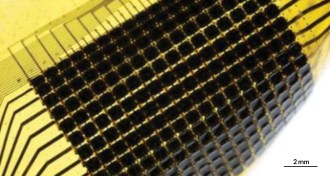 Materials Science
Materials ScienceNature-inspired camouflage changes its looks with light
Thin, flexible new material steals the color-shifting capabilities of cephalopod skin.
By Beth Mole -
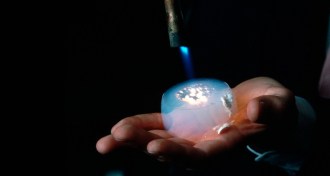 Materials Science
Materials Science‘Stuff Matters’ explores the science behind everyday objects
Author Mark Miodownik explores why everyday materials look and behave the way they do.
-
 Chemistry
ChemistryMolecular cage traps rare gases
Organic compound could cull valuable xenon from the air and detect cancer-causing radon in homes.
By Beth Mole -
 Materials Science
Materials ScienceWeird materials could make faster computers
Topological insulators could speed up how computers switch between 1s and 0s.
By Andrew Grant -
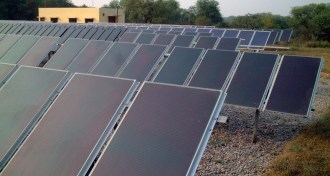 Chemistry
ChemistrySafe salt could yield cheaper, more efficient solar cells
Magnesium chloride could be the key ingredient for concocting efficient solar cells with cadmium telluride.
-
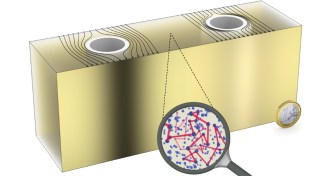 Materials Science
Materials ScienceNew invisibility cloak hides in the fog
A simple invisibility cloak relies on hazy environments to mask objects.
By Andrew Grant -
 Chemistry
ChemistryDecay of Leonardo da Vinci drawing reflected in light
Light that bounces off a Leonardo da Vinci drawing, widely considered a self-portrait, has revealed extensive chemical damage that causes yellowing.
By Beth Mole -
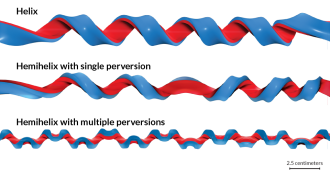 Life
LifeA new twist on a twist
Nature abounds with perfect helices. They show up in animal horns and seashells, in DNA and the young tendrils of plants. But helix formation can get complicated: In some cases, the direction of rotation can reverse as a helix grows.
-
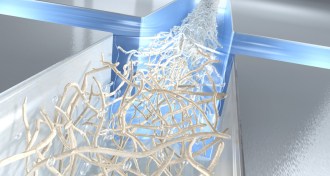 Materials Science
Materials ScienceJets of salty water make cellulose strands stronger
When blasted by jets of water, nanoscale fibers of cellulose align to form ultra-tough strands that rival the strength of steel, a new study shows.
-
 Cosmology
Cosmology2014 Kavli Prize winners announced
Cosmic inflation, nanoscale imaging and a better understanding of memory earn million-dollar honors with the Kavli Prize.